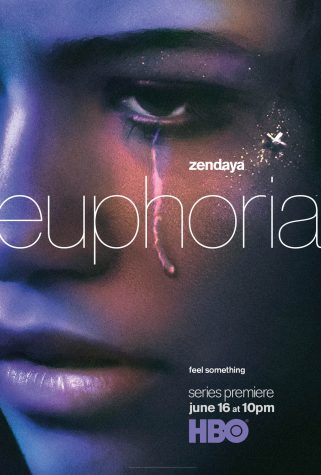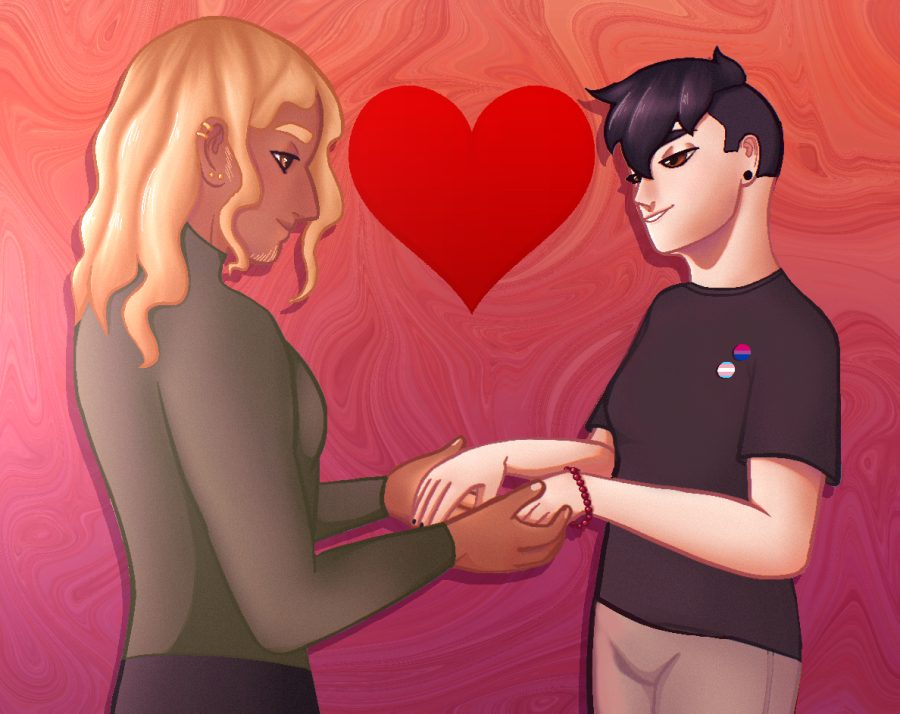While change is slow, LGBTQ+ representation in the media is growing
WSU professors have hope for future of LGBTQ+ representation in media.
Traci Gillig said that LGBTQ+ representation in the media plays a major role in how LGBTQ+ people are treated in the world.
February 9, 2023
LGBTQ+ representation in the media is increasing and changing for the better, LGBTQ+ community members at WSU say.
Matthew Jeffries, Director of the Campus Climate and Community Building and the WSU LGBTQ+ Center, said that queer characters are killed off at disproportionate rates.
“I think it’s unconscious bias,” Jeffries said. “People see the way a story is written, then mimic the way that story was written within their own framework.”
Traci Gillig (she/they), an assistant professor in the Department of Strategic Communication, said there has been a positive shift in attitudes towards LGBTQ+ people and relationships.
“The movement fortunately has been moving in the positive direction,” Gillig said.
Gillig said that LGBTQ+ representation in the media plays a major role in how LGBTQ+ people are treated in the world.
They said that the increase in representation is likely to continue to increase in the future.
“Things come in waves,” Gillig said. “There’ll be an increase, but then you’ll also see some things like characters being killed off who are LGBTQ+ and a sort of like a reduction in some ways, but overall, I would expect that representations generally will keep being more nuanced.”
According to GLAAD’s 2021-2022 Where We Are on TV report, they found that out of 775 series regular characters, 11.9% are LGBTQ+. This is an increase of 2.8 percent from the previous year.
There are also 42 regular and recurring transgender characters in all the television platforms they surveyed.

Jeffries said it is important for LGBTQ+ characters to be fully fleshed out in the same way as straight characters. He said that stereotypical or negative representation causes harm to attitudes towards LGBTQ+ people.
“Negative representations and very stereotypical representations without any nuance or without digging any deeper just harm queer communities,” Jeffries said. “That’s saying, ‘this is this is the box you can live in.’”
Jeffries said that there is a high demand for more queer content in media.
“People are craving it,” Jeffries said. “They want to see themselves and their love in stories or songs or whatever else.”
Jeffries said that many LGBTQ+ people create their own content in order to be represented. He said that fanfiction is a popular method of achieving adequate LGBTQ+ representation.
“I think that fanfiction is a way for someone to escape from homophobia, transphobia and other issues in their lives,” Jeffries said. “They went to rough years and went to refuge where they are seen.”
Jeffries said that more positive representation will increase acceptance for LGBTQ+ people, especially LGBTQ+ youth.
“I think it would help the mental health of young queer kids,” Jeffries said. “I come from an era of 2010 in my very early 20s, and queer college students, queer kids were dying by suicide at just absurd rates. There was huge news all across the country at the time. They didn’t have supportive parents, and they didn’t have any representation … I think if there’s a movie or other representation, it’s a good jumping-off point.”
Gillig said that queer couples are underrepresented in romantic movies from prominent companies.
“I think channels that are catering more to traditional and conservative audiences have been very slow at including representations of queer people,” they said.
Gillig said they think change is slow in media because of people in power of companies.
“The people who are calling the shots aren’t supportive of same-sex relationships or they think the viewers aren’t supportive,” Gillig said. “Then they just stick with what they have success with and are trying not to rock the boat.”
Despite the ongoing challenges, Jeffries said that there continues to be more queer representation.
“We’re seeing a lot more queer folks coming out of the closet,” Jeffries said.










